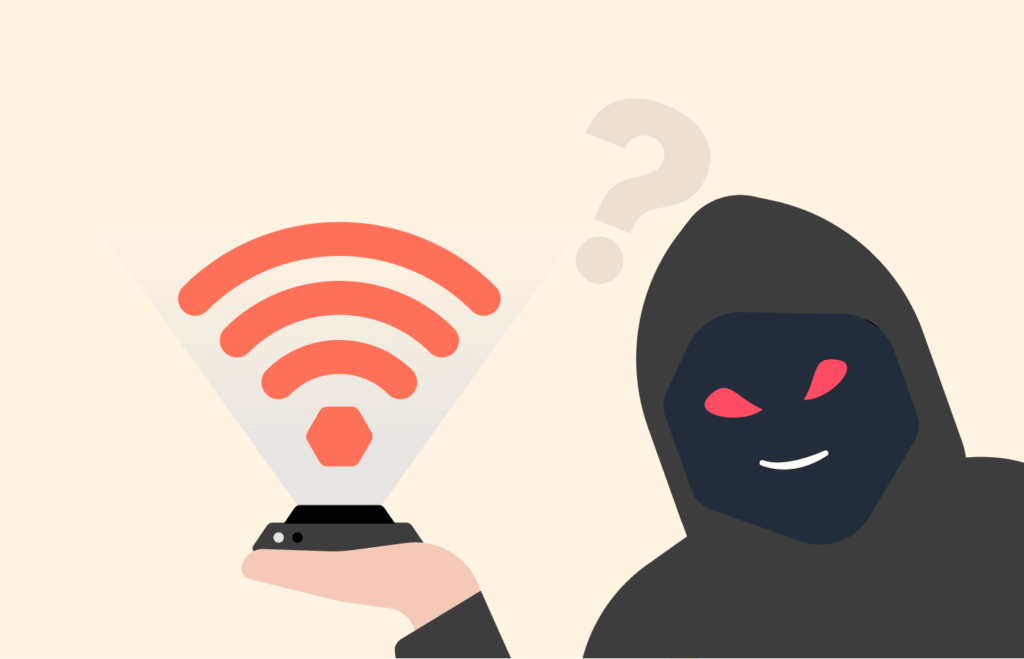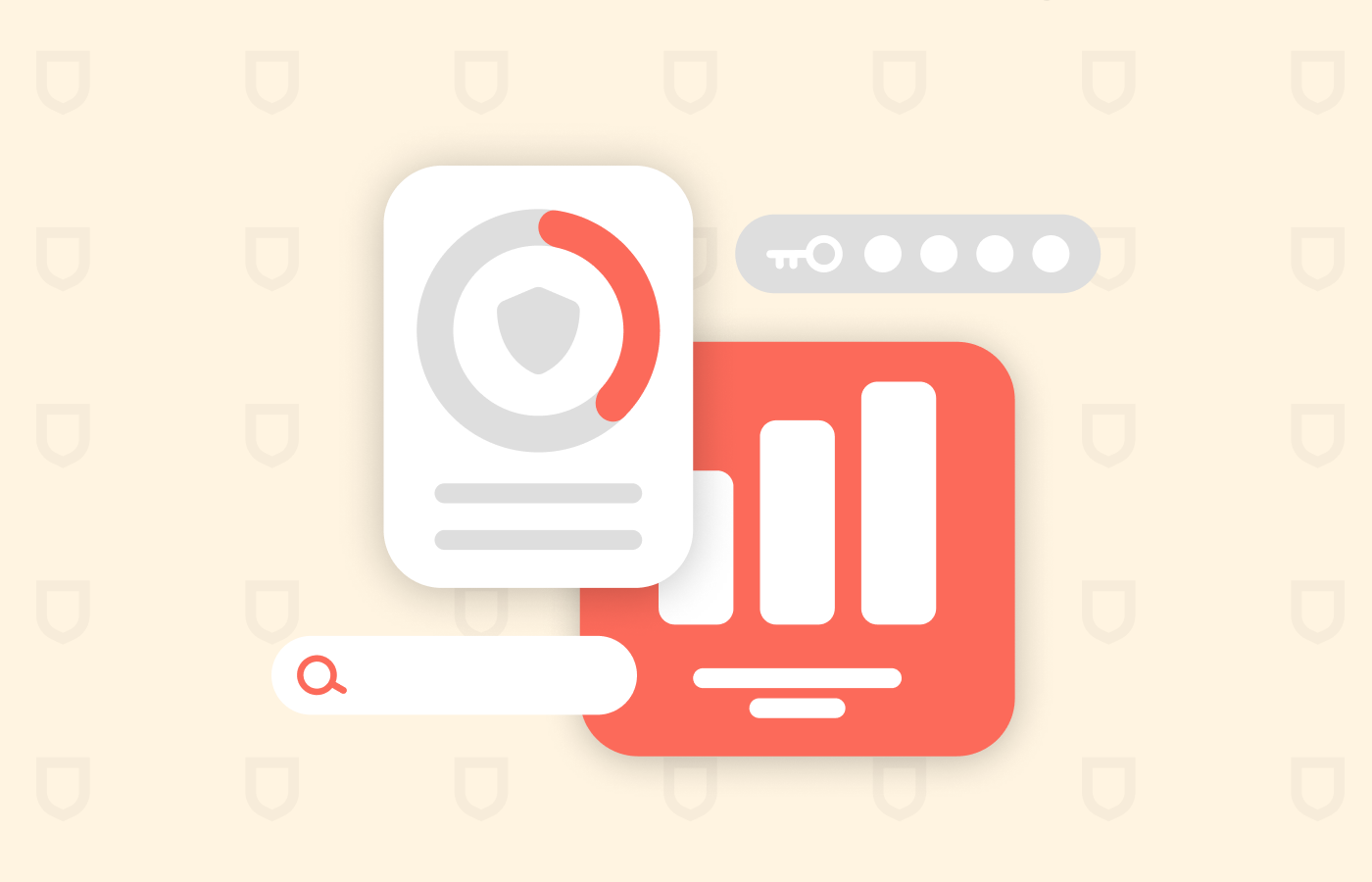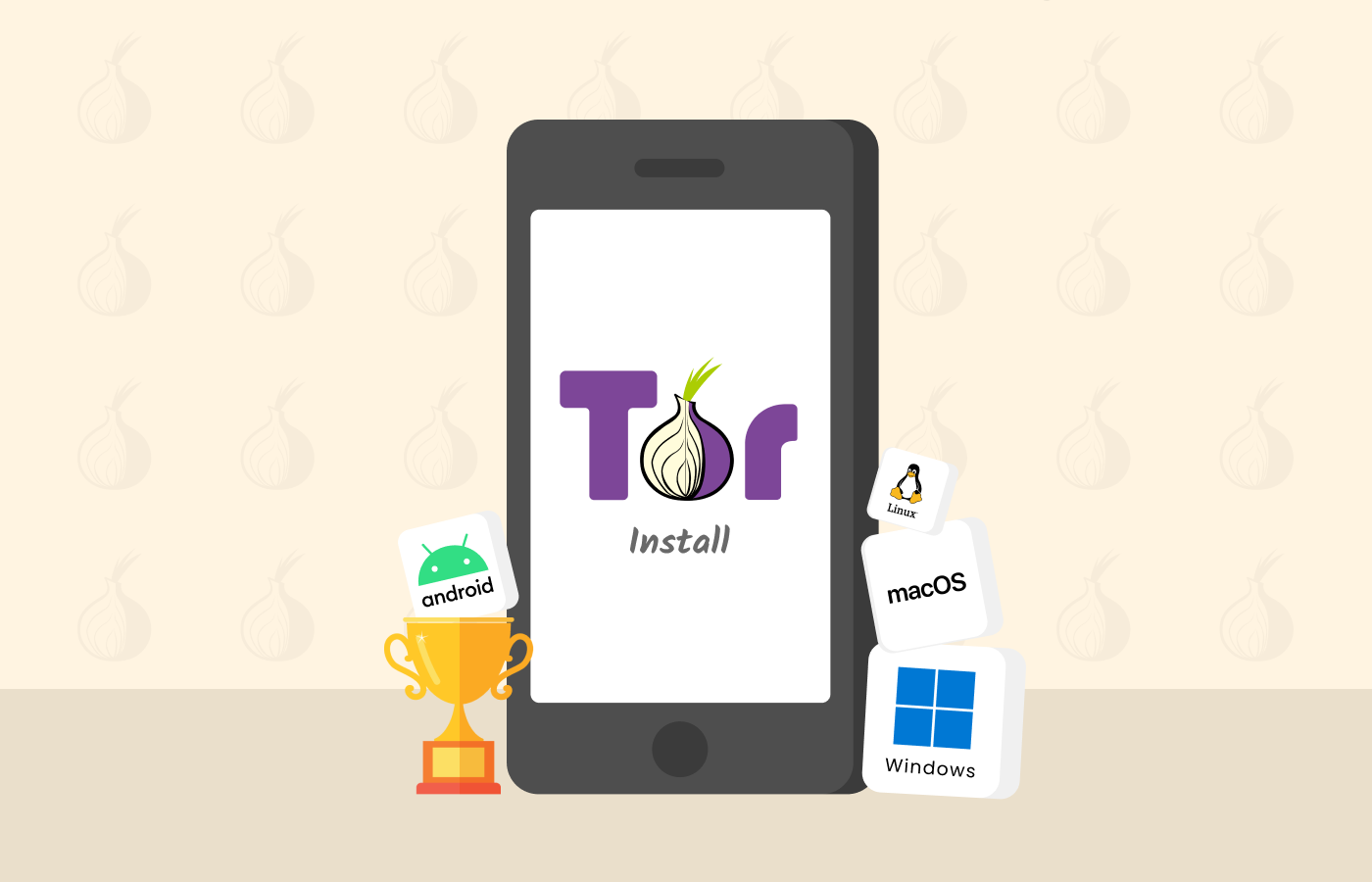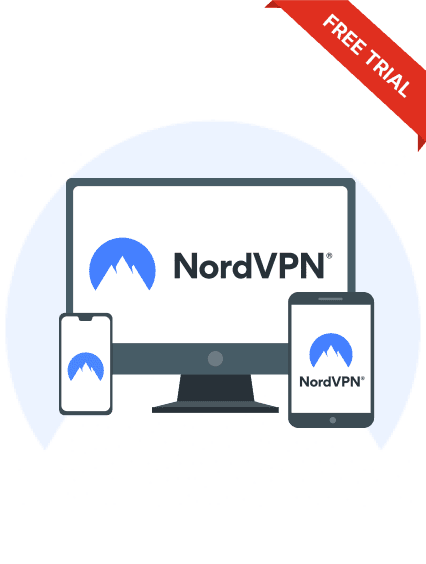Public WiFi is undoubtedly what the current generation of internet users needs. That means WiFi is a necessity today. But you must also understand the dangers associated with these public Wi Fi networks.
They’ve made life a little easier, but you must know that once you connect to public WiFi, your personal information and your device are at risk.
In this article, we will explore the secret dangers of WiFi and how you can stay safe from it.
Quick public WiFi protection guide
If you want to stay away from the dangers of public WiFi, you should ensure that you practice the following:
- Whenever on public WiFi, use a VPN app. (We always recommend NordVPN as the ideal VPN).
- Ensure that you confirm its real name before you connect to a WiFi hotspot to avoid connection to other similarly-named networks that could be a trap.
- You must ensure that your device’s firewall is turned on. It helps to keep off hackers from accessing vulnerable ports. If you do not use a VPN, activating your firewall is necessary and not optional.
- You should also ensure that you use SSL connections all the time on any website while on public WiFi to encrypt your incoming and outgoing information.
- Always remember to turn off sharing when on an open WiFi connection.
- As a rule of thumb, you should install legitimate antivirus apps on your device.
- Lastly, immediately turn off your device’s WiFi when you’re not using the internet anymore.
Perhaps, in a flash, you now know what to do to stay safe when on public WiFi. But to be even safer, you need to understand all the dangers of using public WiFi in detail.
Moreover, you need to know all the possible public WiFi attacks. Want to go the extra mile? Excellent for you. Below, you will learn everything about public Wi Fi security risks and how to protect yourself if you need to use one.
Let’s start with how hackers can exploit free public WiFi.
What’s public WiFi? Are public WiFi networks safe?
Unlike home Wi Fi networks that are usually password-protected, most public WiFi networks are strictly set up for convenience and not security purposes. The idea with public WiFi is mainly to ensure that customers can easily connect and enjoy their stay.
But, many people do not know the dangers of using public WiFi. Hence, they keep connecting with them.
Fortunately for you, we’ve got your back covered as we’ll let you know all the possible public WiFi dangers and how to stay safe on public WiFi. This detailed guide will also cover whether you can get a virus from public WiFi.
We’ll also start with the quick guide below to facilitate our readers who might be in a hurry as they land on this page.
Ways to protect yourself on a public WiFi
We can all agree that using free public Wi Fi hotspots has its share of disadvantages to the extent that it’s not advisable even to consider using one.
But if your network provider has lousy coverage or needs to use public WiFi for any other reason, you must take precautions before connecting to public Wi Fi.
Below you go with some essential security practices (based on our thorough research and tests) to ensure that you’re secure when connected to a public WiFi:
1. Equip your computer with anti-malware/antivirus protection
All devices you use to connect to a public WiFi should have installed quality antivirus/anti-malware software.
One of the threats of public WiFi is vulnerability to viruses and malware. Therefore, you must install the best antivirus on all your devices to effectively counter them.
Also, you must always keep your device’s security program up-to-date. That way, it can handle the latest malware and let you avoid WiFi security threats without doing anything manually.
2. Use a VPN
A Virtual Private Network (VPN) is arguably the most effective way to stay safe and secure on free public WiFi. A VPN merely encrypts your device’s incoming and outgoing data transfers. It hooks your data to a secure server, making it difficult for anyone to snoop on your details.
Therefore, if you need to use public WiFi and mind your security, you must use a VPN. A hacker can’t monitor your internet traffic with a VPN, even when connected to an unsecured network.
Yes, if they go after taking some severe pain, hackers can break any encryption level. But then why would they go after breaking stealthy encrypted levels when they can get hold of easy targets? But, of course, you don’t want to be the easy target, and the best thing to ensure is to install the best VPN on your device.
3. Enable firewalls
There’s no denying that firewalls can be annoying sometimes, but when it comes to free public WiFi, they’re indeed a “necessary evil.”
Once you turn on your device’s firewall, it helps prevent any unauthorized external access. Moreover, firewalls can protect your device from any data-based malware.
However, it would help if you kept in mind that a firewall, on its own, won’t provide you with the high-end protection you might be looking for. But when it’s used with a strong anti-malware/antivirus program and a Virtual Private Network (VPN), you can be assured of security on public WiFi.
4. Only use HTTPS websites
The question of which one you should use between an HTTP and HTTPS site should have been long answered. Basically, the former is not secure, and when you’re connecting to a public WiFi, it should never be among your browsing preference.
Always ensure you connect to a site with a URL starting with “HTTPS” and not “HTTP.” The benefit of HTTPS is that once you connect to a public WiFi, folks on that similar network won’t be able to snoop on data traveling between your device and the server of that website. It’s a different case with HTTP, whereby people with little tech knowledge can easily watch everything you do.
5. Turn off file sharing
Luckily for you, the risks that can be brought about by leaving your file sharing open are at your fingertips. Once you leave home, turning off file sharing on your mobile and any other computing device you carry is better.
Windows users can locate file-sharing settings in the Control Panel; for macOS users, sharing settings are in the System Preferences. Also, for Windows, you can disable it by selecting the “public” option if you’re connecting to a new network for the first time.
6. Keep WiFi turned off when not in use
For your safety on public WiFi, if you’re not using WiFi, make sure it’s turned off.
You don’t want to connect to unprotected WiFi networks for no good reason, even when you’re not using the internet. Someone could gain access and do severe damage, especially if file sharing is enabled.
7. Be wise when choosing a public WiFi
Choosing which public Wi Fi hostspot to connect to is vital to protecting yourself. Safer WiFi connections are likely password-protected and tied to a legitimate brand. Open connections could target users whose devices have auto connect features. Similarly, a more premium or recognizable brand such as Starbucks has more to lose in the event of hacking or other threats. As such, they are more likely to run a safer and more secure connection.
8. Avoid downloading or installing anything on a public WiFi
Pop-up requests, file requests, and prompted updates are the main ways hackers target your system on public WiFi. Avoid installing programs or downloading files on public WiFi unless you know its security.
9. Avoid submitting personal information while on public WiFi
Keying in personal information such as passwords, credit card details, and social security while on public WiFi exposes you to a greater risk of hacking. If possible, avoid inputting personal information on public WiFi as much as possible.
10. Limit your use of public WiFi
Proper planning to avoid desperately connecting to public Wi Fi is needed. You should limit the use of open networks you connect to at work or home.
11. Use the “forget this network” feature
After you’re done using public WiFi, ensure that you click “Forget this network.” This prevents your device from auto-connecting to that public WiFi network in the future, preventing potential security dangers.
12. Use Two-Factor Authentication (2FA)
A two-factor authentication (2FA) protects users on an open network. It’s a convenient, easy way to keep your device as secure as possible while using public WiFi. The technology adds an extra layer of protection to your online activity.
It is highly recommended for those who use services like online banking, Gmail, and Amazon that require a login password to be sent to an SMS or email address.
The system sends a text message to your cell phone or Google Authenticator, asking you to enter a code on your device before granting access. 2FA messages can’t be read by any hacker who knows your login password unless you send them the code.
2FA can also be in the form of a fingerprint, face recognition, or physical devices such as a key fob.
13. Use cellular data or mobile hotspots in public spaces
Public Wi Fi hotspots are convenient, but the dangers associated with these unsecured connections are too high. With the explosion in mobile devices and data plans becoming more affordable, you can now keep usage of public WiFi at a minimum.
To reduce your risk, using your cellular data connection or buying a prepaid mobile hotspot is safer when not at home or work. On top of being a safer option than public WiFi, cellular data or mobile hotspot is faster. This is because the connection is not shared among multiple users.
Signs you may be connected to an unsafe Wi-Fi network
While public Wi-Fi networks are habitats for hackers, some even create free hotspots for malicious purposes. Here are common signs to help you avoid these types of networks.
- The network name is similar to a known network – Sometimes, hackers impersonate trusted networks. For example, you can be connected to a ‘home network,’ yet you are far from home or see duplicate network names.
- ‘HTTPS’ sites appear as ‘HTTP’ – If you visit a secure website but the page loads as ‘HTTP,’ you may be on a fraudulent Wi-Fi network. In fact, it could be a malicious person trying to steal your data through a Man-In-The-Middle (MITM) attack.
- Generic name – Some duplicitous Wi-Fi networks may appear with generic names, like ‘Free Wi-Fi,’ to lure users. Legitimate networks usually have a more specific name. For example, if it is a restaurant, it can display the name of that business.
Knowing the risks of public Wi-Fi networks and how to use them safely will help you stay safe no matter where you go. Also, you should implement security measures on your home Wi-Fi network for comprehensive protection.
How hackers use free public WiFi
You do not need to be a hacker yourself to beat a hacker.
All you have to do is ensure that you always stay ahead by merely understanding how identity thieves and hackers take advantage of free public WiFi users.

Here are some of the ways they use:
1. Fake hotspots
As the name suggests, it is much more like luring toddlers with candy! A hacker can create a fake hotspot, and since most of us don’t even think twice before connecting, you can get yourself right into the trap of a hacker.
2. File sharing
Hackers can also use open file-sharing networks to infect your device with malware and other viruses. That way, they create an avenue into your system and start gathering information without your knowledge.
3. WiFi pineapple
WiFi pineapple is a devious piece of hardware meant for network auditing when testing a network’s security setup. However, hackers use it to set a false access point and perform man-in-the-middle attacks. A hacker will set up a wireless access point with only a USB and an active internet connection. That way, they then get to monitor all unprotected data traffic.
4. Peeping toms
Once you connect to a network without protection with a hacker on it, the chances are that they’ll see everything you do online. That includes your passwords, sites you visit, and personal information. They can open other fraudulent accounts bearing your name alongside committing many other crimes with that information. Sometimes, it’s known as the man-in-the-middle attack. Here, the hacker may change your information along the way (explained later in this guide).
5. System upgrade alerts
Most folks think that an instant system upgrade could be the way to go to be safer. But it could be a hacker in sheep’s clothing. Therefore, do not trust an alert or click on public WiFi when connected to public WiFi. It could be malware in disguise rather than an upgrade.
Now that you know the avenue a hacker can use to access your device in public WiFi, we can see the associated public WiFi threats. Here are some of the dangers and risks associated with free public WiFi that you must be aware of.
Risks of using an unprotected public WiFi
You must remember that the same features that make a public WiFi network desirable for you make it desirable for hackers.
For instance, free Wi Fi doesn’t require authentication to establish a connection. Therefore, that’s an excellent opportunity for hackers to seamlessly access any unsecured device on the network.
When on public WiFi, you must know that you may be vulnerable to attacks. Here are some of the most common dangers of using public WiFi;
1. Access to personal information
As noted above, connecting to a public WiFi does not require login credentials, meaning the service lacks authentication. Therefore, it’s also tempting for hackers to try and obtain access to any unsecured device that uses the network.
For instance, if your device’s file sharing is turned on, anyone can easily connect to your device, and what they can do is anybody’s guess.
One of the ways that can be used to steal your information is via a man-in-the-middle attack. It happens whereby the hacker intercepts your connection when you’re sending information through a WiFi router.
Imagine a scenario whereby you load your bank account login, email, and social media details only for the hacker to be looking at them. With such information in the hands of a hacker, you can be in serious trouble.
2. Distribution of malware
Another risk you can expose yourself to when using free WiFi is your device being infected with malware. The hackers can also use the WiFi network to spread malware to your device that will, in return, be used to capture your personal information.
For instance, if your device’s file sharing is turned on, a third party can access your folders once connected to the free public WiFi. Even worse, the installed malware can run on your device without you noticing.
3. Intercepting web traffic and messages
Hackers can intercept unencrypted messaging apps and all the requests you send to a website. Others will go the extra mile and monitor such traffic to extract all the valuable information.
Yes, most commercial websites and messaging apps nowadays encrypt their traffic, but the fact is that many still don’t. Therefore, to ensure that you stay on the safer side of the coin, you should always ensure that the app you go with uses stealthy encryption protocols.
For instance, the WhatsApp messaging app features end-to-end encryption, meaning all your messages are secured from third parties. To help you choose the best messaging app, ensure the developers enjoy a formidable reputation.
The interception of information could result in even worse scenarios. That is why it is among the public WiFi dangers you should be most concerned about. Imagine your sent information being intercepted; they can alter the purpose of the data sent and give different directions. How about altering the delivery of the product you ordered to their apartment instead of yours? That is too big a risk to take for free internet.
4. Man-In-The-Middle (MiTM) attacks
A failed hack on your device through other means, such as malware, doesn’t necessarily mark the end of the hacker’s attempt to obtain your confidential information. When efforts to gain access to your device don’t bear fruits, hackers may resort to other ways of stealing your personal information. That’s where the man-in-the-middle attack comes into play.
A man-in-the-middle attack is like a middleman in business terms. MiTM attacks are similar to interception attacks but are more precise, with more negative impacts, especially impersonation. MiTM attacks are the easiest to perform over unsecured public Wi Fi networks. Here’s how they work.
Step 1: Deceit
During your visit to a coffee shop, you’ll likely request their WiFi password from one of their attendants. A waiter or waitress hands over a note with a WiFi username and password.
However, you’re not keen to check the details and end up connecting to “Starbucks” instead of “Starbucks,” which is the facility’s secure connection. Unfortunately, the former is a hacker disguised as Starbucks.
Step 2: Capturing personal information
Connecting to the wrong WiFi name is like opening the floodgates to a series of attacks. A simple mistake gives the hacker, probably sitting nearby, access to your device.
After you’re connected, you probably won’t notice anything weird, so there’s no cause for alarm. Sadly, the hacker (man-in-the-middle) has gained access to your activity and can now capture your confidential information while you’re on his/her unsecured network.
Step 3: Impersonation attacks
The hacker can proceed to the next attack phase with your personal information at their disposal.
This new phase involves certain activities such as:
- Using your confidential information to demand ransom through intimidation.
- Using your personal information, such as credit card details, to make online purchases.
- Gaining access to your email boxes and start spamming friends and family.
- Creating pseudo accounts such as social media profiles using your details to trick your followers.
- Accessing your online banking account and performing transactions.
In most cases, impersonation attacks take a while to notice. When you’re aware of the attack, the cybercriminal will have already damaged your reputation or caused substantial financial losses.
5. Snooping and sniffing
That’s what it sounds like – snooping and sniffing. Hackers can go as far as to buy some particular devices and software kits that can aid in eavesdropping on several public WiFi signals.
They use a technique to access almost everything you do online, including the websites you visit (including all the information you fill out on such web pages). A hacker can also get your login details or hijack your accounts through WiFi snooping.
6. Exposure to worms
Worms attack is not a new term when it comes to cyber-attacks. Worms are more like viruses that focus on a program to attack to compromise a system all by themselves.
On accessible public Wi Fi networks, several computers are connected simultaneously in time to the same network. One of the computers could have a worm; therefore, you are at risk of the worm traveling from such a device to your device.
7. Packet sniffers
As much as the name sounds amusing, the practice is a different story. Packet sniffing involves a hacker analyzing the data packets usually sent over unencrypted networks (free public WiFi).
Hackers sieve and see the type of data they contain, and the chances are that a hacker will manage to get your social media password if they analyze the correct packet.
The process is more accessible because free tools can help analyze such data packets. Wireshark.org is one of many examples of such a tool.
8. Sidejacking
Sidejacking, or session jacking, is not a common threat, but some hackers can use it. It’s a technique whereby hackers use packet sniffing and then target your data packets with cookies.
For instance, they may target the cookies associated with the login process of several online platforms. For example, a hacker could intercept cookies sent to your computer when you log into your bank account. A hacker can pretend to be you with such information and log into your account without your bank suspecting it.
9. Shoulder surfing
Hackers sit strategically in areas offering free Wi Fi to monitor everyday users’ usernames, passwords, bank account pins, and other essential information.
Anything can happen in a crowded place; someone can even install malware physically if you leave your device unattended. Therefore, it is a no-brainer to be watchful and careful.
Protect yourself at home
As much as it sounds like public WiFi is the real danger zone, you shouldn’t let your home network be vulnerable.
You must also take some steps to keep your home WiFi secure. Making your home network more secure is not a time-consuming task either. For instance, you can protect your network password with WPA2 encryption.
Here are some of the ways that you can use to protect your home Wi Fi network.
1. Change the default username and password
Almost every wireless router uses the default username and password ‘admin’ to allow the users to access settings.
The reason that most manufacturers use that same default login information is precisely why you need to change yours. To avoid any intruders into your network, you should change it immediately.
2. Change your router’s default SSID
Your router’s Service Set Identifier (SSID) is merely the name of your network. Maintaining the default SSID clearly indicates that you have taken your security lightly, making you an easy target for hackers.
Therefore, ensure that you rename your network connection with something that is not so friendly to any scamming folk.
3. Turn on the network encryption
Encryption is your best friend for stealthy online safety; therefore, ensure your router supports encryption. Ideally, you should set it to WPA2 or WPA encryption.
4. Enable firewall
Most people assume that routers have their firewall turned on by default, but it’s always advisable to double-check and ensure it’s turned on.


